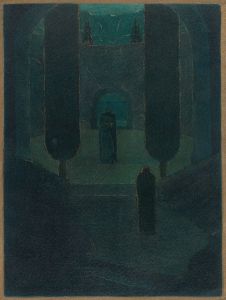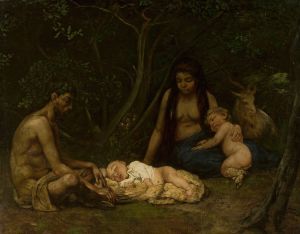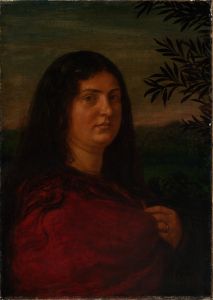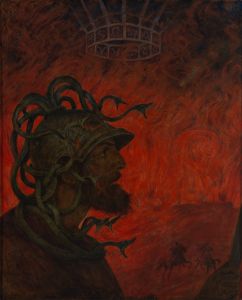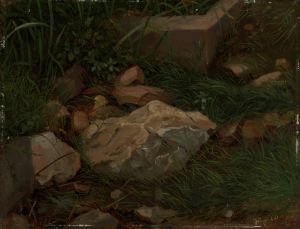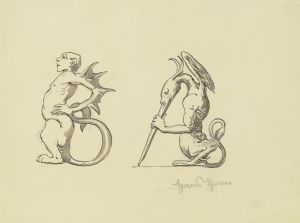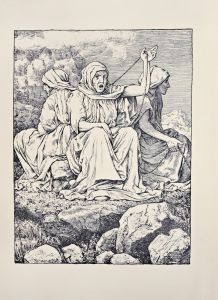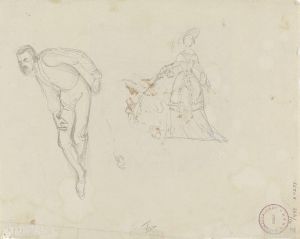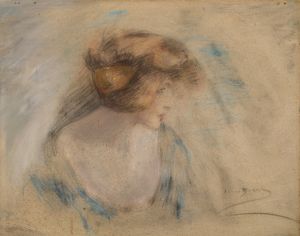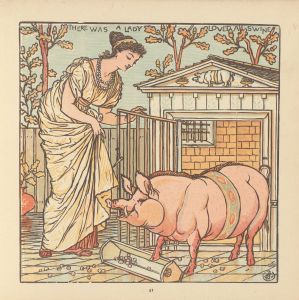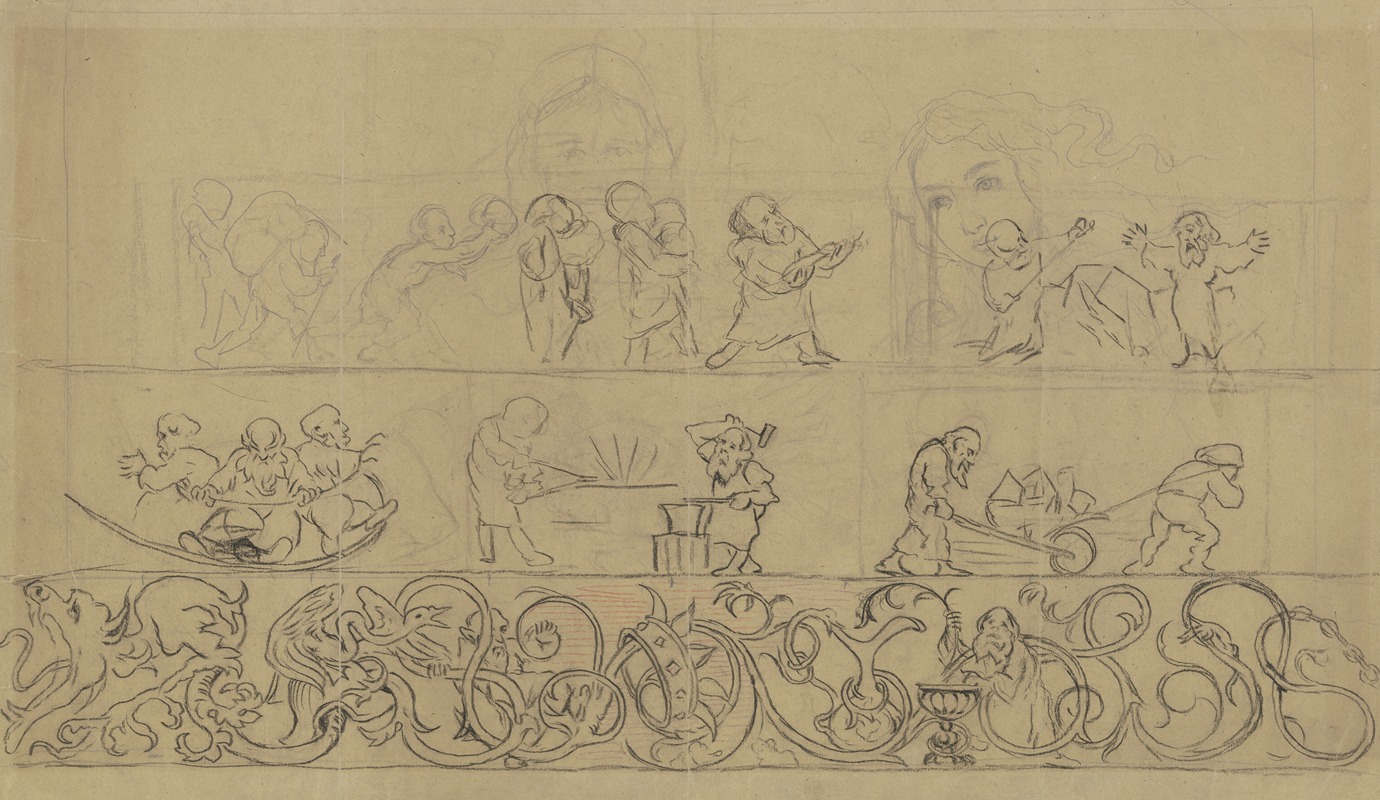
Schneewittchen und die sieben Zwerge sowie eine Nachzeichnung der Venus Botticellis
A hand-painted replica of Hans Thoma’s masterpiece Schneewittchen und die sieben Zwerge sowie eine Nachzeichnung der Venus Botticellis, meticulously crafted by professional artists to capture the true essence of the original. Each piece is created with museum-quality canvas and rare mineral pigments, carefully painted by experienced artists with delicate brushstrokes and rich, layered colors to perfectly recreate the texture of the original artwork. Unlike machine-printed reproductions, this hand-painted version brings the painting to life, infused with the artist’s emotions and skill in every stroke. Whether for personal collection or home decoration, it instantly elevates the artistic atmosphere of any space.
Hans Thoma, a German painter associated with the 19th-century Romantic and Realist movements, created the artwork titled Schneewittchen und die sieben Zwerge sowie eine Nachzeichnung der Venus Botticellis (Snow White and the Seven Dwarfs along with a Reproduction of Botticelli's Venus). This painting reflects Thoma's interest in blending themes from folklore, mythology, and classical art, which was a recurring characteristic of his work.
The painting combines two distinct visual elements: the fairy tale of Snow White and the Seven Dwarfs, derived from the Brothers Grimm, and a reinterpretation of Sandro Botticelli's famous Renaissance masterpiece, The Birth of Venus. Thoma's decision to juxtapose these two subjects demonstrates his ability to merge traditional German storytelling with the broader European artistic canon. The inclusion of Botticelli's Venus suggests Thoma's admiration for Renaissance ideals of beauty and harmony, while the depiction of Snow White and the dwarfs reflects his connection to German cultural heritage.
Thoma's style in this work is marked by his meticulous attention to detail and his use of vibrant yet naturalistic colors. His portrayal of Snow White and the dwarfs is likely influenced by the Romantic movement's fascination with nature and the fantastical, while the Venus figure retains the classical grace and poise characteristic of Botticelli's original. By integrating these two elements, Thoma creates a dialogue between different artistic traditions and time periods.
This painting is an example of Thoma's broader artistic philosophy, which sought to bridge the gap between the past and the present, the mythical and the real. His works often reflect a deep appreciation for the natural world, as well as a desire to explore the spiritual and symbolic dimensions of human experience. Thoma's ability to reinterpret classical themes through a contemporary lens made him a significant figure in 19th-century German art.
While the exact date of this painting's creation is not widely documented, it is consistent with Thoma's broader body of work, which often drew inspiration from literature, mythology, and classical art. Today, Hans Thoma is remembered as a versatile artist whose works continue to be celebrated for their imaginative compositions and technical skill.





